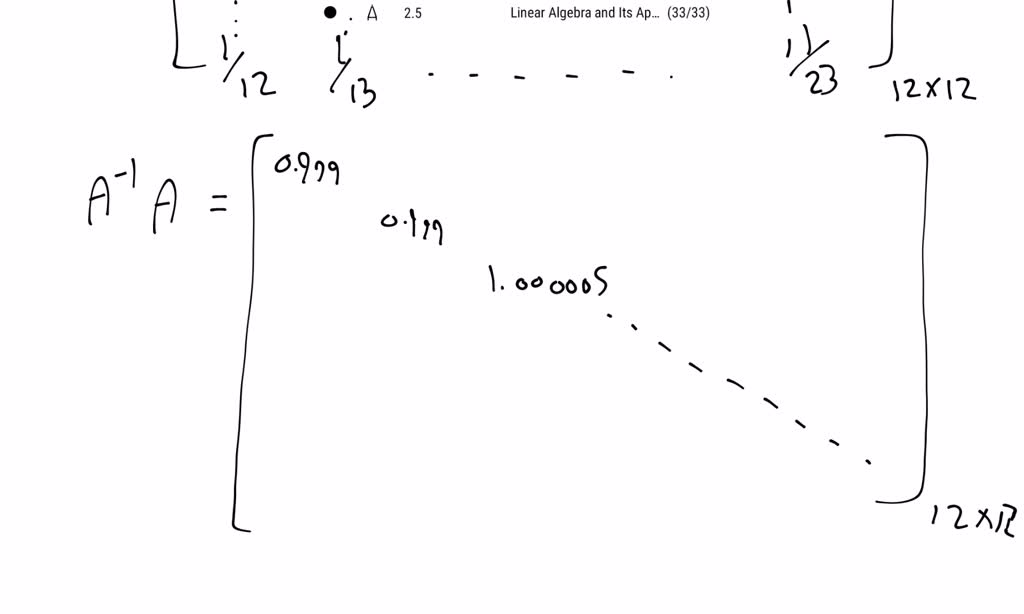

That's because asorti() sorts on array indices and all array indices are strings (even if they look like numbers) and alphabetically the first character of the string "9" IS higher than the first character of the string "888". Notice that asorti() treats "9" as a higher value than "888". In case anyone's wondering why I didn't just use the values we want to sort on as indices and then do an asorti() as that would have resulted in slightly briefer code, here's why: $ cat tst.awk Then asort()ing keys to get: keys = 777Īnd then looping through the keys array using it's elements as the indices to the vals array for re-populating the original array. It works by first converting this: a = "dog" Let’s check the script output: array of SNos : 1 2Īrray of Value : 40 50 5.FWIW, here's a workaround "sort_by()" function: $ cat tst.awk

On the other hand, order is important for the permutation ( ), so it should be an array. Weinberger (whatever you do, DONT permute the ini.

The objects in these do not have to be ordered. AWK, and the following section discusses its associative arrays. Notably, the first set of parentheses is required to hold the output of the command substitution in variable arr_record1 as an array. The generated permutations () and remaining objects () structures can be lists, sets, or arrays. Now we’ll check methods to parse entire columns of CSV into Bash arrays: #! /bin/bashĪrr_record1=( $(tail -n +2 input.csv | cut -d ',' -f1) )Īrr_record2=( $(tail -n +2 input.csv | cut -d ',' -f2) )Īrr_record3=( $(tail -n +2 input.csv | cut -d ',' -f3) )Īrr_record4=( $(tail -n +2 input.csv | cut -d ',' -f4) )Įcho "array of SNos : "array of Qty : "array of Price : "array of Value : using command substitution to exclude the header line using the tail command, and then using the cut command to filter the respective columns. In the previous section, we parsed the field values into Bash variables for each record. But one name cannot be used in both ways (as an array and as a variable) in the same awk program. Array names have the same syntax as variable names any valid variable name would also be a valid array name. We’ll save the above script as parse_csv.sh for execution: The awk language provides one-dimensional arrays for storing groups of related strings or numbers. Next, we searched the column name in the output using the grep command, and truncated the preceding spaces using the tr command.įinally, we used the awk command to get the first field, which corresponds to the column number. Then we appended the line number at the beginning of each line using the nl command. We calculated the location of a column using a combination of the tr, awk, grep, and nlcommands.įirst, we converted the commas in the header line into line-breaks using the tr command. This script takes col_b as input from the user, and prints the corresponding column value for every record in the file. Read -p "Enter the column name to be printed for each record: " col_b Both are ordered groups of scalar values the difference is. We’ll illustrate this with a simple user-input-driven script: #! /bin/bash To store that list into a variable, use an array, as in greeks (alpha, beta, gamma).

There can be situations where we might need to parse the values from CSV based on column names in the header line.


 0 kommentar(er)
0 kommentar(er)
